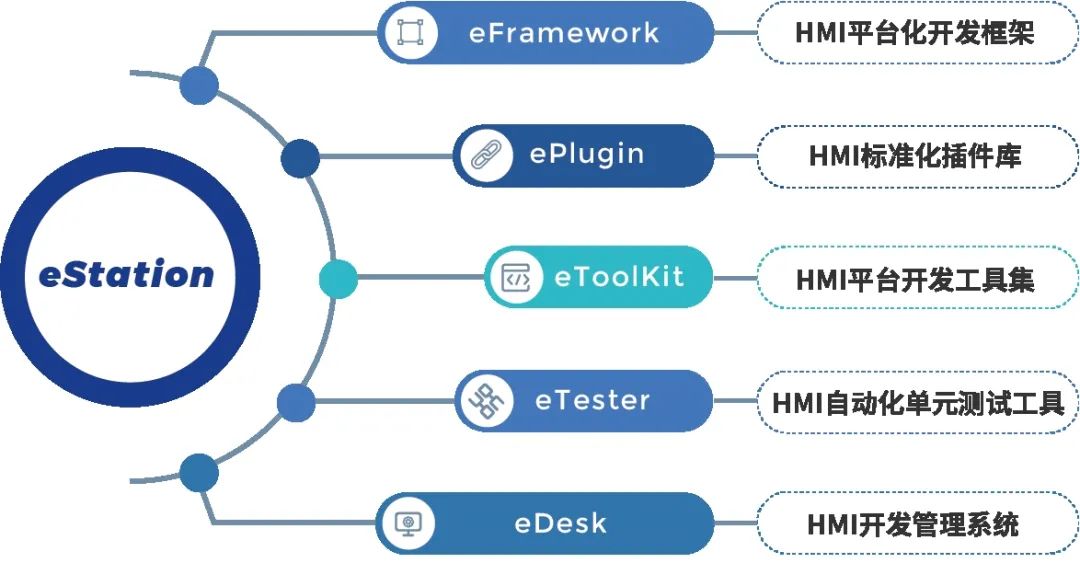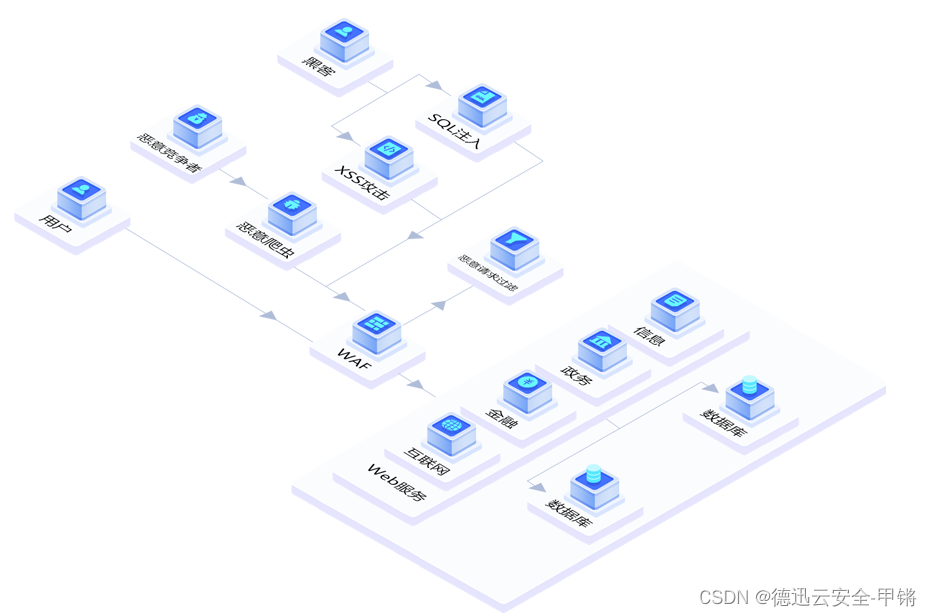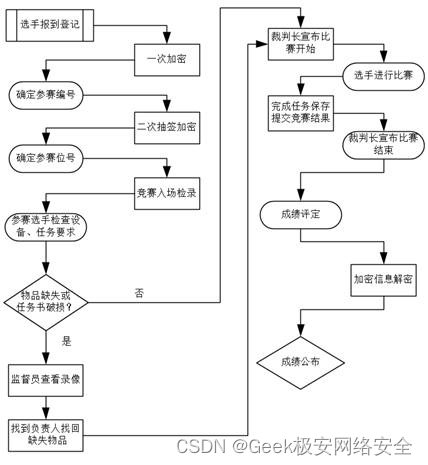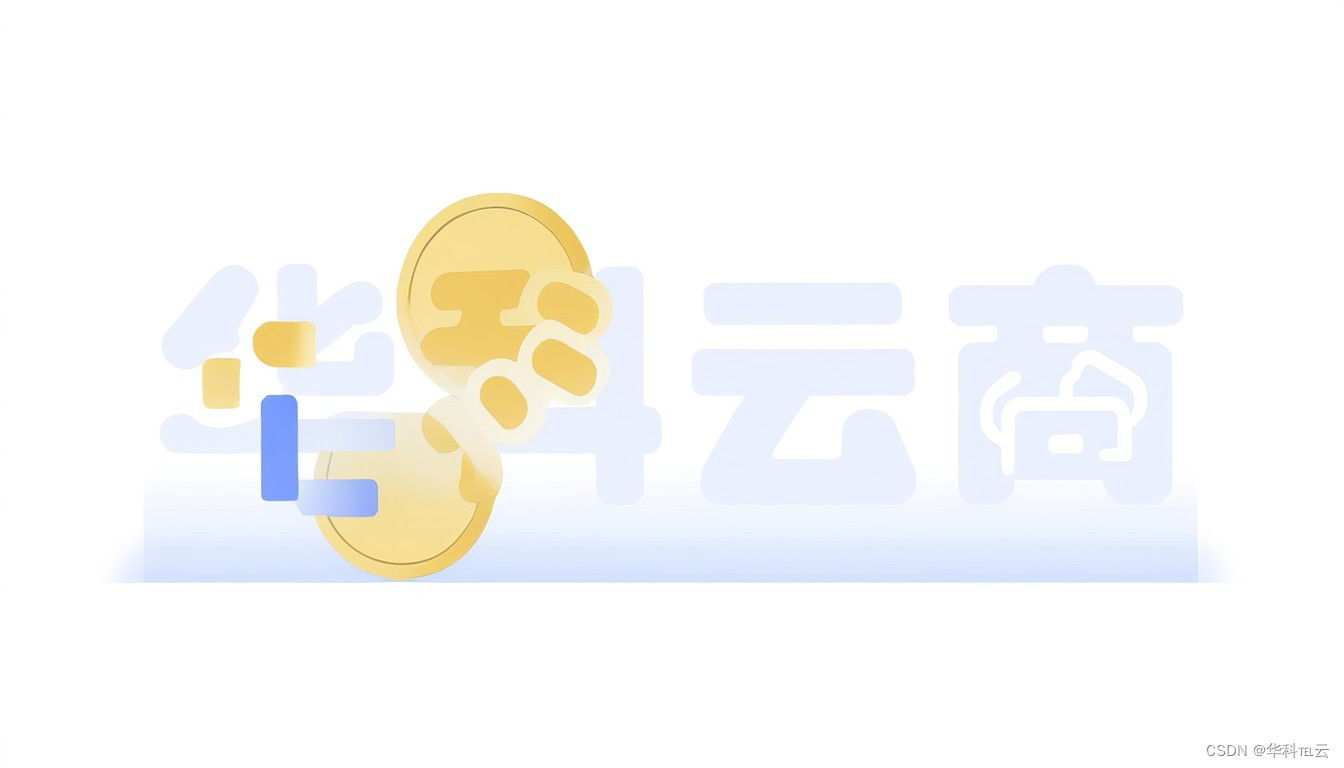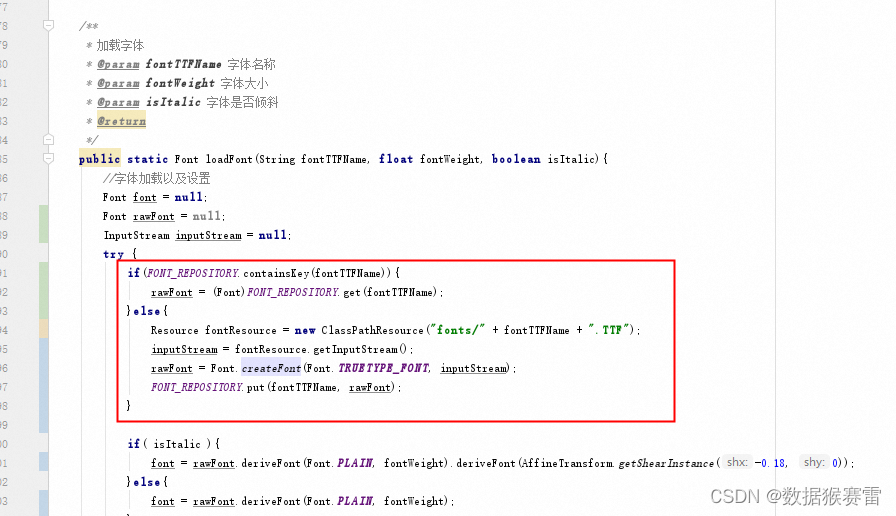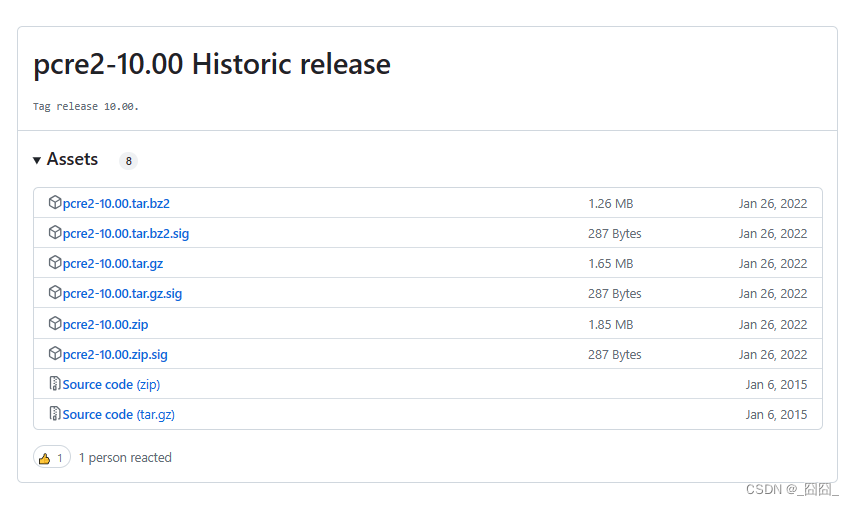第十四章 : Spring Boot 整合spring-session,使用redis共享
前沿
本文重点讲述:spring boot工程中使用spring-session机制进行安全认证,并且通过redis存储session,满足集群部署、分布式系统的session共享。
基于SPringBoot 2.3.2.RELEASE
背景
在传统单机web应用中,一般使用tomcat/jetty等web容器时,用户的session都是由容器管理。浏览器使用cookie中记录sessionId,容器根据sessionId判断用户是否存在会话session。这里的限制是,session存储在web容器中,被单台服务器容器管理。
但是网站主键演变,分布式应用和集群是趋势(提高性能)。此时用户的请求可能被负载分发至不同的服务器,此时传统的web容器管理用户会话session的方式即行不通。除非集群或者分布式web应用能够共享session,尽管tomcat等支持这样做。但是这样存在以下两点问题:
1、需要侵入web容器,提高问题的复杂
2、web容器之间共享session,集群机器之间势必要交互耦合
基于这些,必须提供新的可靠的集群分布式/集群session的解决方案,突破traditional-session单机限制(即web容器session方式,下面简称traditional-session),spring-session应用而生。
traditional-session和spring-session的区别

springboot-session 集成redis示例
- 添加依赖:在pom.xml文件中添加Spring Session Redis的依赖。
<dependency>
<groupId>org.springframework.session</groupId>
<artifactId>spring-session-data-redis</artifactId>
</dependency>
<dependency>
<groupId>io.lettuce</groupId>
<artifactId>lettuce-core</artifactId>
</dependency>
<!-- 对象池,使用redis时必须引入 -->
<dependency>
<groupId>org.apache.commons</groupId>
<artifactId>commons-pool2</artifactId>
</dependency>
- 配置Redis:在application.yaml文件中添加Redis的配置信息,包括Redis的地址、端口号、密码等。
server:
port: 8080
servlet:
context-path: /
# session超时时间 默认30分钟
session:
timeout: 30m
spring:
session:
store-type: redis
redis:
# 会话刷新模式
flush-mode: immediate
# 用于存储会话的键的命名空间
namespace: "spring:session"
redis:
host: 192.168.92.105
port: 6379
password: foobared
# 连接超时时间(记得添加单位,Duration)
timeout: 10000ms
# Redis默认情况下有16个分片,这里配置具体使用的分片
# database: 0
lettuce:
pool:
# 连接池最大连接数(使用负值表示没有限制) 默认 8
max-active: 8
# 连接池最大阻塞等待时间(使用负值表示没有限制) 默认 -1
max-wait: -1ms
# 连接池中的最大空闲连接 默认 8
max-idle: 8
# 连接池中的最小空闲连接 默认 0
min-idle: 0
-
注解开启session功能:并使用@EnableRedisHttpSession注解开启session功能。同时,可以设置session的超时时间。
import org.springframework.boot.SpringApplication; import org.springframework.boot.autoconfigure.SpringBootApplication; import org.springframework.session.data.redis.config.annotation.web.http.EnableRedisHttpSession; @SpringBootApplication @EnableRedisHttpSession public class SpringbootDay09Application { public static void main(String[] args) { SpringApplication.run(SpringbootDay09Application.class, args); } } -
创建Controller:在需要使用session的Controller中,注入HttpSession对象,并使用它来存储session数据。
@RestController public class SessionController { @Autowired private HttpSession httpSession; @GetMapping("/set") public String set(String name, String value) { httpSession.setAttribute(name, value); return "set " + name + "=" + value; } @GetMapping("/get") public String get(String name) { return (String) httpSession.getAttribute(name); } } -
测试:分别调用各应用接口,查看sessionId是否一致。同时,可以查看Redis缓存信息,缓存中的sessionId与接口返回信息一致。


spring-session特点与工作原理
特点
spring-session在无需绑定web容器的情况下提供对集群session的支持。并提供对以下情况的透明集成:
- HttpSession:容许替换web容器的HttpSession
- WebSocket:使用WebSocket通信时,提供Session的活跃
- WebSession:容许以应用中立的方式替换webflux的webSession
工作原理
spring-session分为以下核心模块:
-
SessionRepositoryFilter:Servlet规范中Filter的实现,用来切换HttpSession至Spring Session,包装HttpServletRequest和HttpServletResponse
-
HttpServerletRequestWrapper、HttpServletResponseWrapper、HttpSessionWrapper包装器:包装原有的HttpServletRequest、HttpServletResponse和Spring Session,实现切换Session和透明继承HttpSession的关键之所在 -
Session:Spring Session模块 -
SessionRepository:管理Spring Session的模块 -
HttpSessionStrategy:映射HttpRequest和HttpResponse到Session的策略
-
SessionRepositoryFilter
SessionRepositoryFilter继承OncePerRequestFilter实现Filter
protected void doFilterInternal(HttpServletRequest request, HttpServletResponse response, FilterChain filterChain) throws ServletException, IOException {
// 设置SessionRepository至Request的属性中
request.setAttribute(SESSION_REPOSITORY_ATTR, this.sessionRepository);
// 包装原始HttpServletRequest至SessionRepositoryRequestWrapper
SessionRepositoryFilter<S>.SessionRepositoryRequestWrapper wrappedRequest = new SessionRepositoryFilter.SessionRepositoryRequestWrapper(request, response);
// 包装原始HttpServletResponse响应至SessionRepositoryResponseWrapper
SessionRepositoryFilter.SessionRepositoryResponseWrapper wrappedResponse = new SessionRepositoryFilter.SessionRepositoryResponseWrapper(wrappedRequest, response);
try {
filterChain.doFilter(wrappedRequest, wrappedResponse);
} finally {
// 提交session
wrappedRequest.commitSession();
}
}
2、 SessionRepository
public interface SessionRepository<S extends Session> {
S createSession();
void save(S var1);
S findById(String var1);
void deleteById(String var1);
}
创建、保存、获取、删除Session的接口行为。根据Session的不同,分为很多种Session操作仓库。

当创建一个RedisSession,然后存储在Redis中时,RedisSession的存储细节如下:
spring:session:sessions:33fdd1b6-b496-4b33-9f7d-df96679d32fe
spring:session:sessions:expires:33fdd1b6-b496-4b33-9f7d-df96679d32fe
spring:session:expirations:1439245080000
Redis会为每个RedisSession存储三个k-v。
第一个:k-v用来存储Session的详细信息,包括Session的过期时间间隔、最近的访问时间、attributes等等。这个k的过期时间为Session的最大过期时间 + 5分钟。如果默认的最大过期时间为30分钟,则这个k的过期时间为35分钟
第二个:k-v用来表示Session在Redis中的过期,这个k-v不存储任何有用数据,只是表示Session过期而设置。这个k在Redis中的过期时间即为Session的过期时间间隔
第三个:k-v存储这个Session的id,是一个Set类型的Redis数据结构。这个k中的最后的1439245080000值是一个时间戳,根据这个Session过期时刻滚动至下一分钟而计算得出。
3、 Session
spring-session和tomcat中的Session的实现模式上有很大不同,tomcat中直接对HttpSession接口进行实现,而spring-session中则抽象出单独的Session层接口,让后再使用适配器模式将Session适配层Servlet规范中的HttpSession。spring-sesion中关于session的实现和适配整个UML类图如下:

MapSession的代码源码片段
public final class MapSession implements Session, Serializable {
public static final int DEFAULT_MAX_INACTIVE_INTERVAL_SECONDS = 1800;
private String id;
private final String originalId;
private Map<String, Object> sessionAttrs;
private Instant creationTime;
private Instant lastAccessedTime;
private Duration maxInactiveInterval;
private static final long serialVersionUID = 7160779239673823561L;
public MapSession() {
this(generateId());
}
public MapSession(String id) {
this.sessionAttrs = new HashMap();
this.creationTime = Instant.now();
this.lastAccessedTime = this.creationTime;
this.maxInactiveInterval = Duration.ofSeconds(1800L);
this.id = id;
this.originalId = id;
}
public MapSession(Session session) {
this.sessionAttrs = new HashMap();
this.creationTime = Instant.now();
this.lastAccessedTime = this.creationTime;
this.maxInactiveInterval = Duration.ofSeconds(1800L);
if (session == null) {
throw new IllegalArgumentException("session cannot be null");
} else {
this.id = session.getId();
this.originalId = this.id;
this.sessionAttrs = new HashMap(session.getAttributeNames().size());
Iterator var2 = session.getAttributeNames().iterator();
while(var2.hasNext()) {
String attrName = (String)var2.next();
Object attrValue = session.getAttribute(attrName);
if (attrValue != null) {
this.sessionAttrs.put(attrName, attrValue);
}
}
this.lastAccessedTime = session.getLastAccessedTime();
this.creationTime = session.getCreationTime();
this.maxInactiveInterval = session.getMaxInactiveInterval();
}
}
public void setLastAccessedTime(Instant lastAccessedTime) {
this.lastAccessedTime = lastAccessedTime;
}
public Instant getCreationTime() {
return this.creationTime;
}
public String getId() {
return this.id;
}
public String getOriginalId() {
return this.originalId;
}
public String changeSessionId() {
String changedId = generateId();
this.setId(changedId);
return changedId;
}
public Instant getLastAccessedTime() {
return this.lastAccessedTime;
}
public void setMaxInactiveInterval(Duration interval) {
this.maxInactiveInterval = interval;
}
public Duration getMaxInactiveInterval() {
return this.maxInactiveInterval;
}
public boolean isExpired() {
return this.isExpired(Instant.now());
}
boolean isExpired(Instant now) {
if (this.maxInactiveInterval.isNegative()) {
return false;
} else {
return now.minus(this.maxInactiveInterval).compareTo(this.lastAccessedTime) >= 0;
}
}
public <T> T getAttribute(String attributeName) {
return this.sessionAttrs.get(attributeName);
}
public Set<String> getAttributeNames() {
return new HashSet(this.sessionAttrs.keySet());
}
public void setAttribute(String attributeName, Object attributeValue) {
if (attributeValue == null) {
this.removeAttribute(attributeName);
} else {
this.sessionAttrs.put(attributeName, attributeValue);
}
}
public void removeAttribute(String attributeName) {
this.sessionAttrs.remove(attributeName);
}
public void setCreationTime(Instant creationTime) {
this.creationTime = creationTime;
}
public void setId(String id) {
this.id = id;
}
public boolean equals(Object obj) {
return obj instanceof Session && this.id.equals(((Session)obj).getId());
}
public int hashCode() {
return this.id.hashCode();
}
private static String generateId() {
return UUID.randomUUID().toString();
}
}
RedisSession的代码源码片段
final class RedisSession implements Session {
private final MapSession cached;
private final Map<String, Object> delta = new HashMap();
private boolean isNew;
private String originalSessionId;
RedisSession(MapSession cached, boolean isNew) {
this.cached = cached;
this.isNew = isNew;
this.originalSessionId = cached.getId();
if (this.isNew) {
this.delta.put("creationTime", cached.getCreationTime().toEpochMilli());
this.delta.put("maxInactiveInterval", (int)cached.getMaxInactiveInterval().getSeconds());
this.delta.put("lastAccessedTime", cached.getLastAccessedTime().toEpochMilli());
}
if (this.isNew || RedisSessionRepository.this.saveMode == SaveMode.ALWAYS) {
this.getAttributeNames().forEach((attributeName) -> {
this.delta.put(RedisSessionRepository.getAttributeKey(attributeName), cached.getAttribute(attributeName));
});
}
}
public String getId() {
return this.cached.getId();
}
public String changeSessionId() {
return this.cached.changeSessionId();
}
public <T> T getAttribute(String attributeName) {
T attributeValue = this.cached.getAttribute(attributeName);
if (attributeValue != null && RedisSessionRepository.this.saveMode.equals(SaveMode.ON_GET_ATTRIBUTE)) {
this.delta.put(RedisSessionRepository.getAttributeKey(attributeName), attributeValue);
}
return attributeValue;
}
public Set<String> getAttributeNames() {
return this.cached.getAttributeNames();
}
public void setAttribute(String attributeName, Object attributeValue) {
this.cached.setAttribute(attributeName, attributeValue);
this.delta.put(RedisSessionRepository.getAttributeKey(attributeName), attributeValue);
this.flushIfRequired();
}
public void removeAttribute(String attributeName) {
this.setAttribute(attributeName, (Object)null);
}
public Instant getCreationTime() {
return this.cached.getCreationTime();
}
public void setLastAccessedTime(Instant lastAccessedTime) {
this.cached.setLastAccessedTime(lastAccessedTime);
this.delta.put("lastAccessedTime", this.getLastAccessedTime().toEpochMilli());
this.flushIfRequired();
}
public Instant getLastAccessedTime() {
return this.cached.getLastAccessedTime();
}
public void setMaxInactiveInterval(Duration interval) {
this.cached.setMaxInactiveInterval(interval);
this.delta.put("maxInactiveInterval", (int)this.getMaxInactiveInterval().getSeconds());
this.flushIfRequired();
}
public Duration getMaxInactiveInterval() {
return this.cached.getMaxInactiveInterval();
}
public boolean isExpired() {
return this.cached.isExpired();
}
private void flushIfRequired() {
if (RedisSessionRepository.this.flushMode == FlushMode.IMMEDIATE) {
this.save();
}
}
private boolean hasChangedSessionId() {
return !this.getId().equals(this.originalSessionId);
}
private void save() {
this.saveChangeSessionId();
this.saveDelta();
if (this.isNew) {
this.isNew = false;
}
}
private void saveChangeSessionId() {
if (this.hasChangedSessionId()) {
if (!this.isNew) {
String originalSessionIdKey = RedisSessionRepository.this.getSessionKey(this.originalSessionId);
String sessionIdKey = RedisSessionRepository.this.getSessionKey(this.getId());
RedisSessionRepository.this.sessionRedisOperations.rename(originalSessionIdKey, sessionIdKey);
}
this.originalSessionId = this.getId();
}
}
private void saveDelta() {
if (!this.delta.isEmpty()) {
String key = RedisSessionRepository.this.getSessionKey(this.getId());
RedisSessionRepository.this.sessionRedisOperations.opsForHash().putAll(key, new HashMap(this.delta));
RedisSessionRepository.this.sessionRedisOperations.expireAt(key, Date.from(Instant.ofEpochMilli(this.getLastAccessedTime().toEpochMilli()).plusSeconds(this.getMaxInactiveInterval().getSeconds())));
this.delta.clear();
}
}
}
}
在RedisSession中有两个非常重要的成员属性:
cached:实际上是一个MapSession实例,用于做本地缓存,每次在getAttribute时无需从Redis中获取,主要为了improve性能
delta:用于跟踪变化数据,做持久化
4、SessionRepositoryRequestWrapper
对于开发人员获取HttpSession的api
HttpServletRequest request = ...;
HttpSession session = request.getSession(true);
在spring session中request的实际类型SessionRepositoryRequestWrapper。调用SessionRepositoryRequestWrapper的getSession方法会触发创建spring session,而非web容器的HttpSession。
SessionRepositoryRequestWrapper用来包装原始的HttpServletRequest实现HttpSession切换至Spring Session。是透明Spring Session透明集成HttpSession的关键。
SessionRepositoryRequestWrapper继承HttpServletRequestWrapper,在构造方法中将原有的HttpServletRequest通过调用super完成对HttpServletRequestWrapper中持有的HttpServletRequest初始化赋值,然后重写和session相关的方法。这样就保证SessionRepositoryRequestWrapper的其他方法调用都是使用原有的HttpServletRequest的数据,只有session相关的是重写的逻辑。
private final class SessionRepositoryRequestWrapper extends HttpServletRequestWrapper {
private final HttpServletResponse response;
private S requestedSession;
private boolean requestedSessionCached;
private String requestedSessionId;
private Boolean requestedSessionIdValid;
private boolean requestedSessionInvalidated;
private SessionRepositoryRequestWrapper(HttpServletRequest request, HttpServletResponse response) {
super(request);
this.response = response;
}
private void commitSession() {
SessionRepositoryFilter<S>.SessionRepositoryRequestWrapper.HttpSessionWrapper wrappedSession = this.getCurrentSession();
if (wrappedSession == null) {
if (this.isInvalidateClientSession()) {
SessionRepositoryFilter.this.httpSessionIdResolver.expireSession(this, this.response);
}
} else {
S session = wrappedSession.getSession();
this.clearRequestedSessionCache();
SessionRepositoryFilter.this.sessionRepository.save(session);
String sessionId = session.getId();
if (!this.isRequestedSessionIdValid() || !sessionId.equals(this.getRequestedSessionId())) {
SessionRepositoryFilter.this.httpSessionIdResolver.setSessionId(this, this.response, sessionId);
}
}
}
private SessionRepositoryFilter<S>.SessionRepositoryRequestWrapper.HttpSessionWrapper getCurrentSession() {
return (SessionRepositoryFilter.SessionRepositoryRequestWrapper.HttpSessionWrapper)this.getAttribute(SessionRepositoryFilter.CURRENT_SESSION_ATTR);
}
private void setCurrentSession(SessionRepositoryFilter<S>.SessionRepositoryRequestWrapper.HttpSessionWrapper currentSession) {
if (currentSession == null) {
this.removeAttribute(SessionRepositoryFilter.CURRENT_SESSION_ATTR);
} else {
this.setAttribute(SessionRepositoryFilter.CURRENT_SESSION_ATTR, currentSession);
}
}
public String changeSessionId() {
HttpSession session = this.getSession(false);
if (session == null) {
throw new IllegalStateException("Cannot change session ID. There is no session associated with this request.");
} else {
return this.getCurrentSession().getSession().changeSessionId();
}
}
public boolean isRequestedSessionIdValid() {
if (this.requestedSessionIdValid == null) {
S requestedSession = this.getRequestedSession();
if (requestedSession != null) {
requestedSession.setLastAccessedTime(Instant.now());
}
return this.isRequestedSessionIdValid(requestedSession);
} else {
return this.requestedSessionIdValid;
}
}
private boolean isRequestedSessionIdValid(S session) {
if (this.requestedSessionIdValid == null) {
this.requestedSessionIdValid = session != null;
}
return this.requestedSessionIdValid;
}
private boolean isInvalidateClientSession() {
return this.getCurrentSession() == null && this.requestedSessionInvalidated;
}
public SessionRepositoryFilter<S>.SessionRepositoryRequestWrapper.HttpSessionWrapper getSession(boolean create) {
SessionRepositoryFilter<S>.SessionRepositoryRequestWrapper.HttpSessionWrapper currentSession = this.getCurrentSession();
if (currentSession != null) {
return currentSession;
} else {
S requestedSession = this.getRequestedSession();
if (requestedSession != null) {
if (this.getAttribute(SessionRepositoryFilter.INVALID_SESSION_ID_ATTR) == null) {
requestedSession.setLastAccessedTime(Instant.now());
this.requestedSessionIdValid = true;
currentSession = new SessionRepositoryFilter.SessionRepositoryRequestWrapper.HttpSessionWrapper(requestedSession, this.getServletContext());
currentSession.markNotNew();
this.setCurrentSession(currentSession);
return currentSession;
}
} else {
if (SessionRepositoryFilter.SESSION_LOGGER.isDebugEnabled()) {
SessionRepositoryFilter.SESSION_LOGGER.debug("No session found by id: Caching result for getSession(false) for this HttpServletRequest.");
}
this.setAttribute(SessionRepositoryFilter.INVALID_SESSION_ID_ATTR, "true");
}
if (!create) {
return null;
} else {
if (SessionRepositoryFilter.SESSION_LOGGER.isDebugEnabled()) {
SessionRepositoryFilter.SESSION_LOGGER.debug("A new session was created. To help you troubleshoot where the session was created we provided a StackTrace (this is not an error). You can prevent this from appearing by disabling DEBUG logging for " + SessionRepositoryFilter.SESSION_LOGGER_NAME, new RuntimeException("For debugging purposes only (not an error)"));
}
S session = SessionRepositoryFilter.this.sessionRepository.createSession();
session.setLastAccessedTime(Instant.now());
currentSession = new SessionRepositoryFilter.SessionRepositoryRequestWrapper.HttpSessionWrapper(session, this.getServletContext());
this.setCurrentSession(currentSession);
return currentSession;
}
}
}
public SessionRepositoryFilter<S>.SessionRepositoryRequestWrapper.HttpSessionWrapper getSession() {
return this.getSession(true);
}
public String getRequestedSessionId() {
if (this.requestedSessionId == null) {
this.getRequestedSession();
}
return this.requestedSessionId;
}
public RequestDispatcher getRequestDispatcher(String path) {
RequestDispatcher requestDispatcher = super.getRequestDispatcher(path);
return new SessionRepositoryFilter.SessionRepositoryRequestWrapper.SessionCommittingRequestDispatcher(requestDispatcher);
}
private S getRequestedSession() {
if (!this.requestedSessionCached) {
List<String> sessionIds = SessionRepositoryFilter.this.httpSessionIdResolver.resolveSessionIds(this);
Iterator var2 = sessionIds.iterator();
while(var2.hasNext()) {
String sessionId = (String)var2.next();
if (this.requestedSessionId == null) {
this.requestedSessionId = sessionId;
}
S session = SessionRepositoryFilter.this.sessionRepository.findById(sessionId);
if (session != null) {
this.requestedSession = session;
this.requestedSessionId = sessionId;
break;
}
}
this.requestedSessionCached = true;
}
return this.requestedSession;
}
private void clearRequestedSessionCache() {
this.requestedSessionCached = false;
this.requestedSession = null;
this.requestedSessionId = null;
}
5、 SessionRepositoryResponseWrapper
private final class SessionRepositoryResponseWrapper extends OnCommittedResponseWrapper {
private final SessionRepositoryFilter<S>.SessionRepositoryRequestWrapper request;
SessionRepositoryResponseWrapper(SessionRepositoryFilter<S>.SessionRepositoryRequestWrapper request, HttpServletResponse response) {
super(response);
if (request == null) {
throw new IllegalArgumentException("request cannot be null");
} else {
this.request = request;
}
}
protected void onResponseCommitted() {
this.request.commitSession();
}
}
5、 SessionRepositoryResponseWrapper
```java
private final class SessionRepositoryResponseWrapper extends OnCommittedResponseWrapper {
private final SessionRepositoryFilter<S>.SessionRepositoryRequestWrapper request;
SessionRepositoryResponseWrapper(SessionRepositoryFilter<S>.SessionRepositoryRequestWrapper request, HttpServletResponse response) {
super(response);
if (request == null) {
throw new IllegalArgumentException("request cannot be null");
} else {
this.request = request;
}
}
protected void onResponseCommitted() {
this.request.commitSession();
}
}
从注释上可以看出包装响应时为了:确保如果响应被提交session能够被保存。












